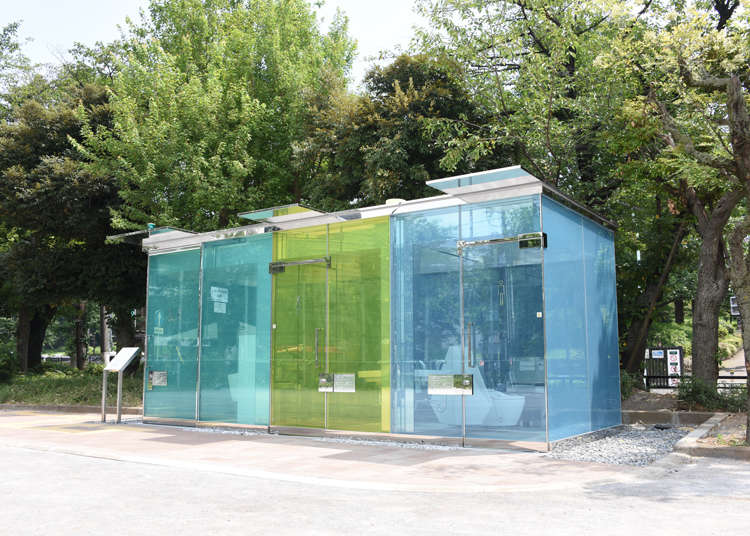
Japan sure does things differently. A transparent bathroom was just installed in Shibuya, Tokyo. This public toilet has quickly become a trending topic on Japanese social media.
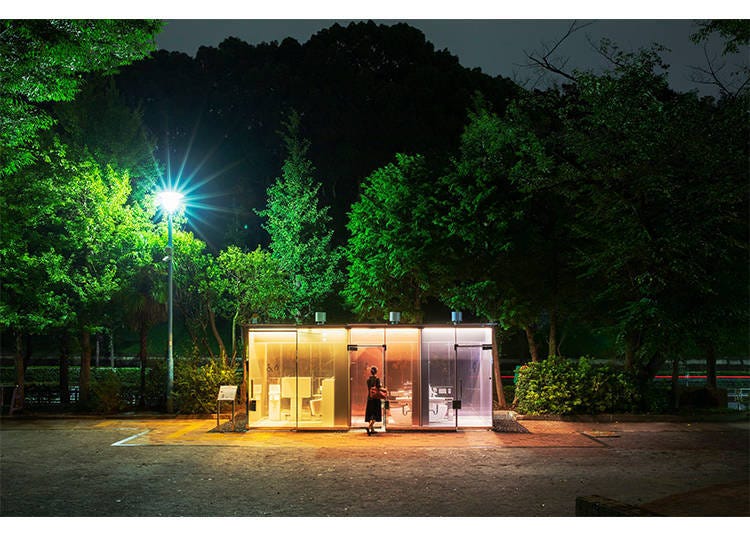
Under "THE TOKYO TOILET" project, which was launched by the Nippon Foundation in August 2020, a number of comfortable and accessible public toilets around Tokyo's Shibuya Ward were installed.
The "roll-out" started on August 5, when new public toilets were installed in Ebisu Park, Yoyogi Fukamachi, and Harunogawa Community Park in Shibuya Ward, followed on August 7 in Ebisu East Park and at the Higashi 3-chome Public Toilet.
"Creating a society that accepts diversity": Making toilets that anyone can comfortably use
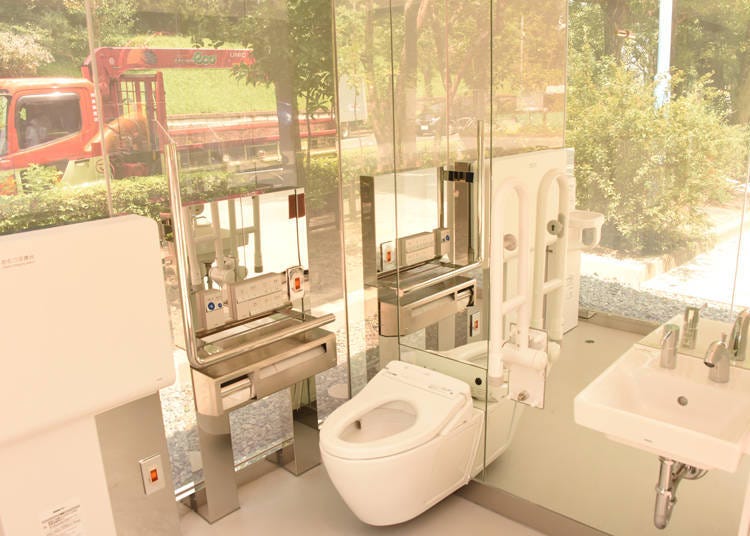
The Nippon Foundation, with the cooperation of Shibuya City, is spearheading the initiative to install bathrooms that anyone can comfortably use, regardless of gender, age, or mobility. The effort is made with an eye to "creating a society that accepts diversity," raising awareness of and attention to people with different needs. World-class architects and designers have designed the bathroom spaces, with a total of 17 new installations around Shibuya Ward.
The toilets being made available for use from August 5 are in three locations: Ebisu Park (creator – Masamichi Katayama); Yoyogi Fukamachi Mini Park (Shigeru Ban); and Haru-no-Ogawa Community Park (Shigeru Ban). On August 7 in Ebisu East Park (Fumihiko Maki), and a location near Ebisu Station (Nao Tamura), August 31 in Nishihara Itchome Park (Takenosuke Sakakura), and on September 7 in Jingu-Dori Park (Tadao Ando), with the remainder scheduled for completion by spring 2021.
Toilets are a symbol of Japan's world-class omotenashi hospitality culture, but they have an image of being "dark," "dirty," "smelly," and "scary." THE TOKYO TOILET project looks to help change this image while at the same time fostering more inclusive spaces. By incorporating designs that are more maintenance and user-friendly, visitors are encouraged to use the bathrooms comfortably and in consideration of the next user.
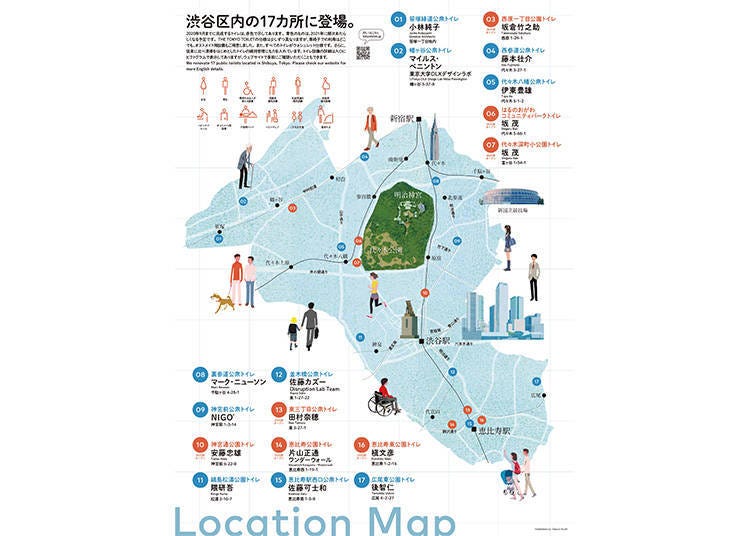
THE TOKYO TOILET is scheduled to finish installation of all 17 toilets by summer 2021, with 5 already installed by August 7. The Nishihara 1-chome Park toilet will be completed on August 31, and the Jingu-dori Park toilet on September 7.
So what do Tokyo's new toilet designs look like?
From here, we will introduce 5 public toilets that have been installed as of August 7.
●Ebisu Park (Designed by Masamichi Katayama)

Interior designer Masamichi Katayama worked on the toilet at Ebisu Park. It seems that the object that should be kept in mind is an object that stands apart from architectural objects and casually stands in a park like playground equipment, benches, and trees.

In Japan, toilets originated with kawaya, huts built over rivers dating back to the prehistoric Jomon period. Trying to envision the appearance and atmosphere of these primitive kawaya, we built an “ambiguous space” that is simultaneously an object and a toilet by randomly combining 15 concrete walls. The spaces between the walls lead users into three different areas designed for men, women, and everyone. The design creates a unique relationship in which users are invited to interact with the facility as if they are playing with a curious piece of playground equipment.
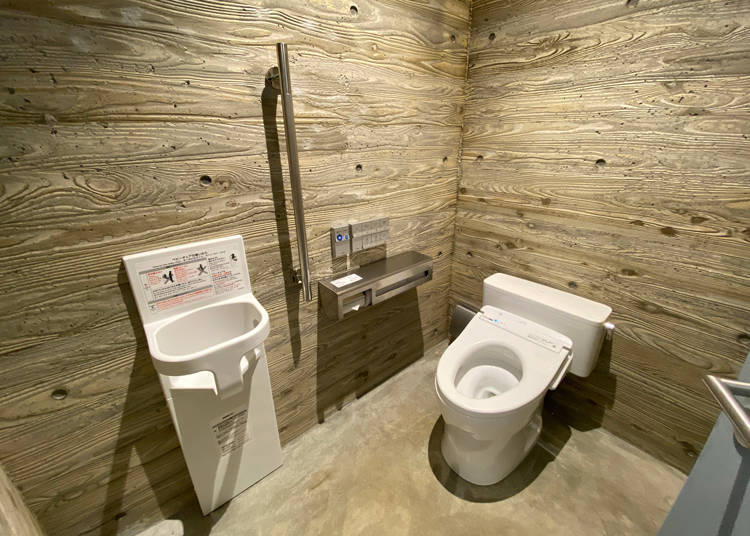
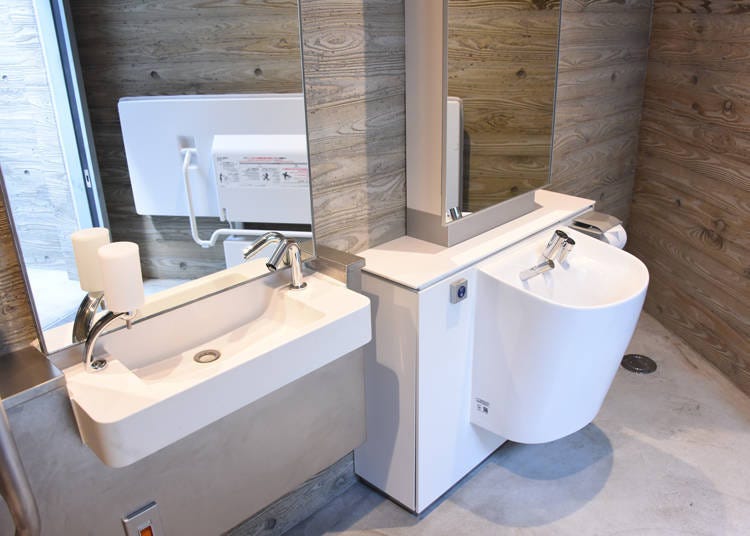
●Yoyogi Fukamachi Mini Park (Designed by Shigeru Ban)

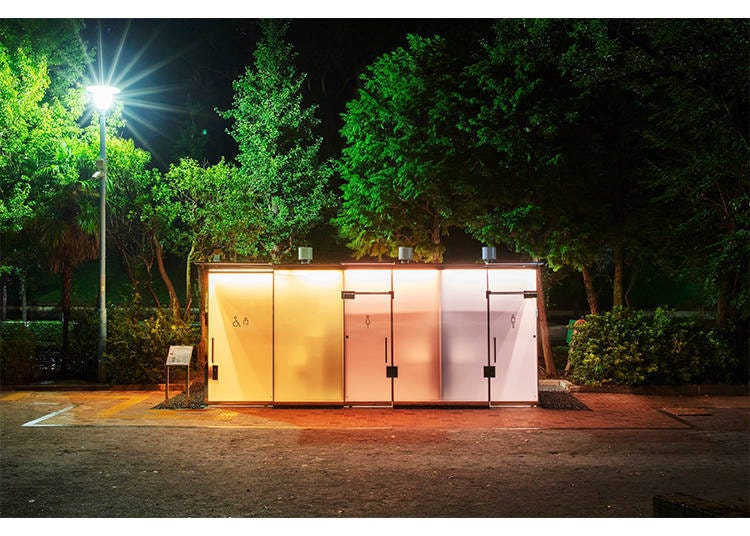
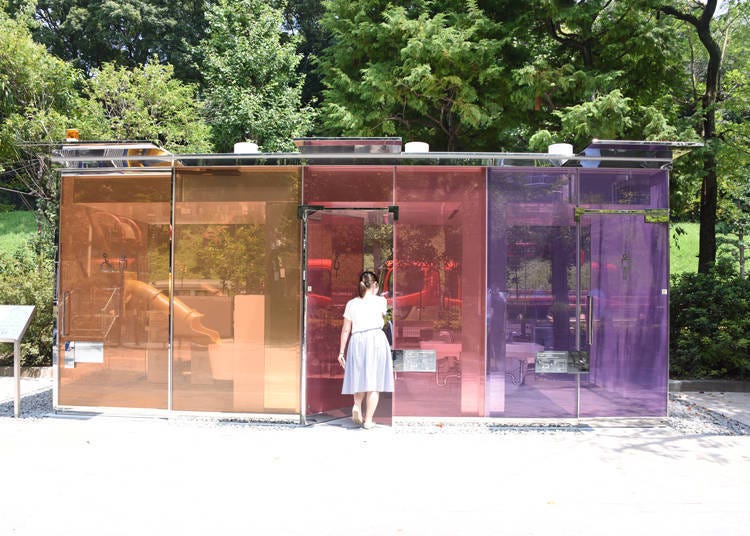
●Haru-no-Ogawa Community Park (Designed by Shigeru Ban)
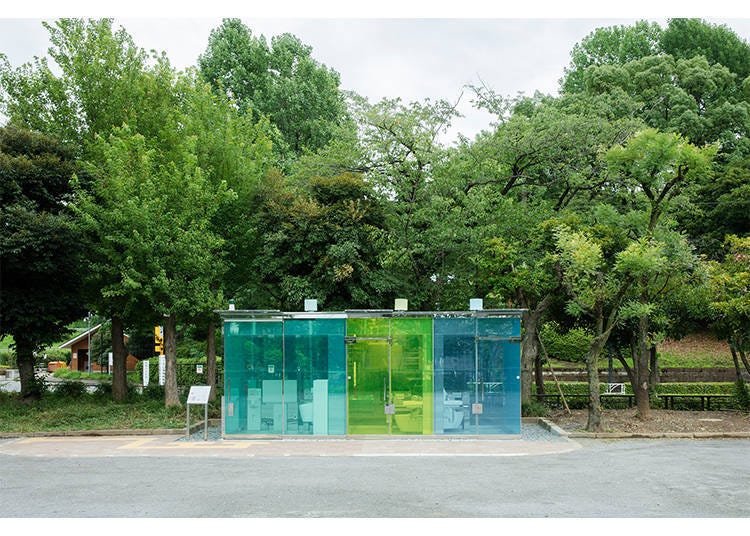
There are two concerns with public toilets, especially those located in parks. The first is whether it is clean inside, and the second is that no one is secretly waiting inside.
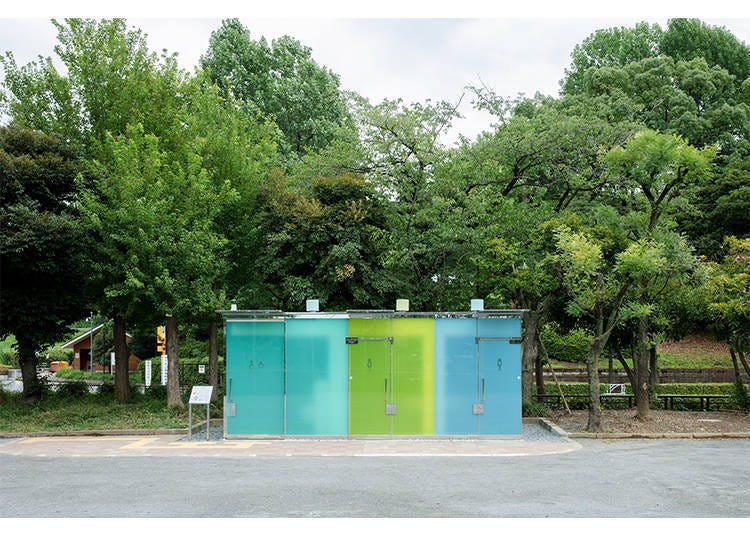
Using a new technology, we made the outer walls with glass that becomes opaque when the lock is closed, so that a person can check inside before entering. At night, they light up the parks like a beautiful lantern.

We will eliminate the anxiety of public toilets such as "Is the toilet clean and there is no one inside", and illuminate the park like a beautiful paper lantern at night.
●Ebisu East Park (Designed by Fumihiko Maki)

Ebisu East Park is nicknamed "Octopus Park," owing to the large octopus-shaped playground equipment that takes center stage. The new public toilet the park, designed by architect Fumihiko Maki, not only functions as a bathroom but also as a pavilion space with a rest area.
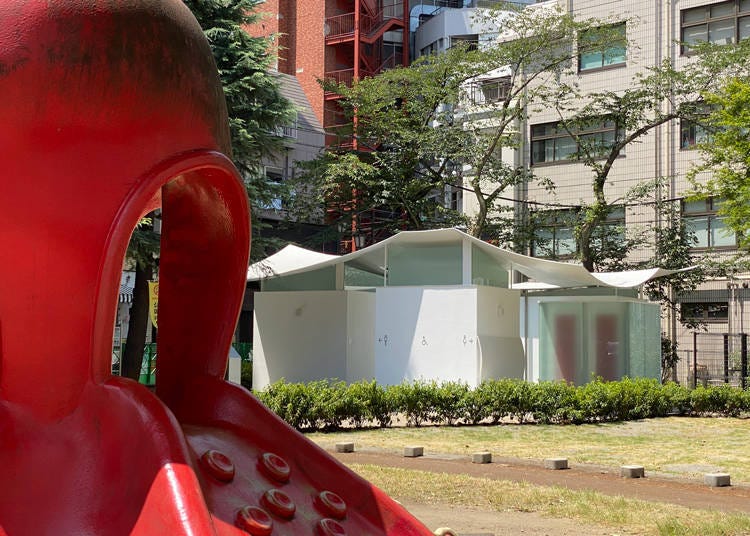
The facility was designed with the aim of creating a safe and comfortable space while taking into consideration the needs of a variety of users, from kids to commuters, and while controlling the line of sight. Its roof design allows for a more spacious area while encouraging ventilation and drawing in natural light, intending to create a bright and clean environment while matching the appearance of playground equipment.
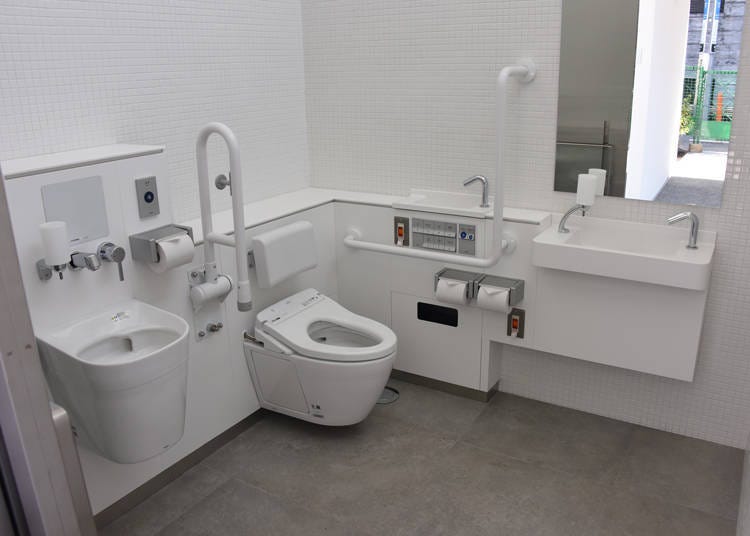
●Higashi Sanchome (Designed by Nao Tamura)
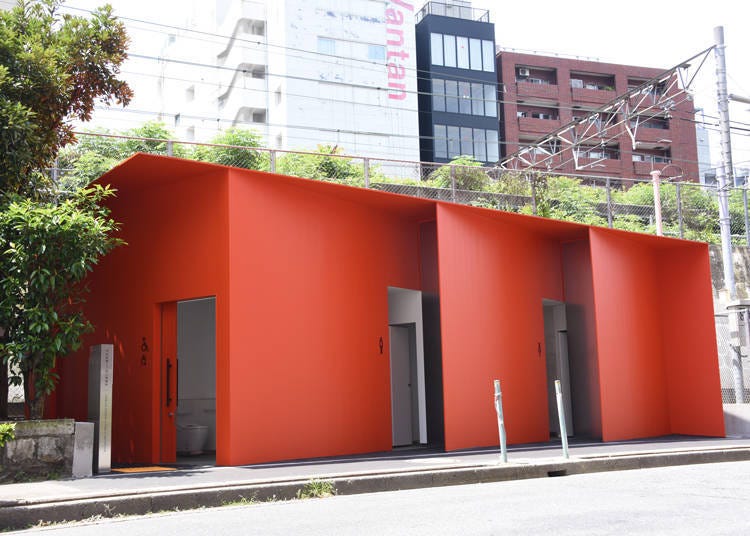
New York-based designer Nao Tamura was behind the creation of the Higashi Sanchome public toilet.
"Living in New York, I have been privileged to see the LGBTQ+ community living in harmony with their sexual identities. As I designed this public bathroom for the small triangular area in Shibuya, I contemplated a society that embraces the LGBTQ+ community and has a space for everyone."
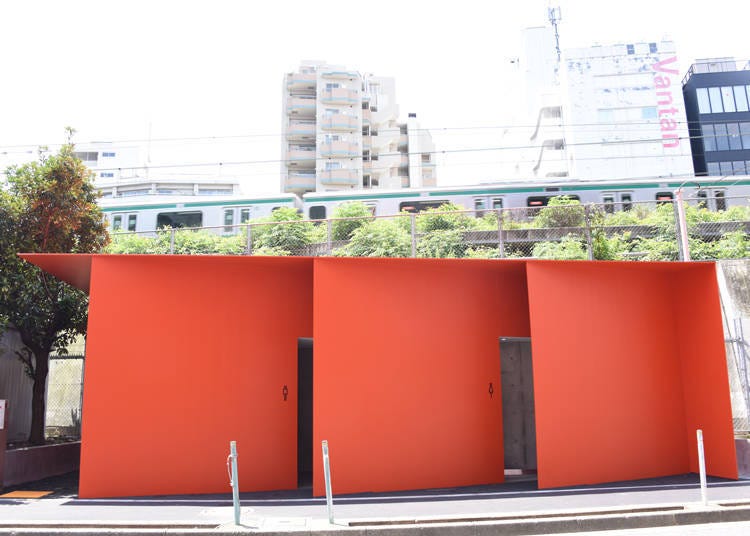
The artistic inspiration for the design came from Origata, the art of folding that is perhaps most commonly associated with origami. This symbol of Japanese gift culture was incorporated in the designer to provide hospitality to all who visit the international city of Shibuya. A society in which all people can live a safe and happy life – this is a toilet with such a thought in its design.
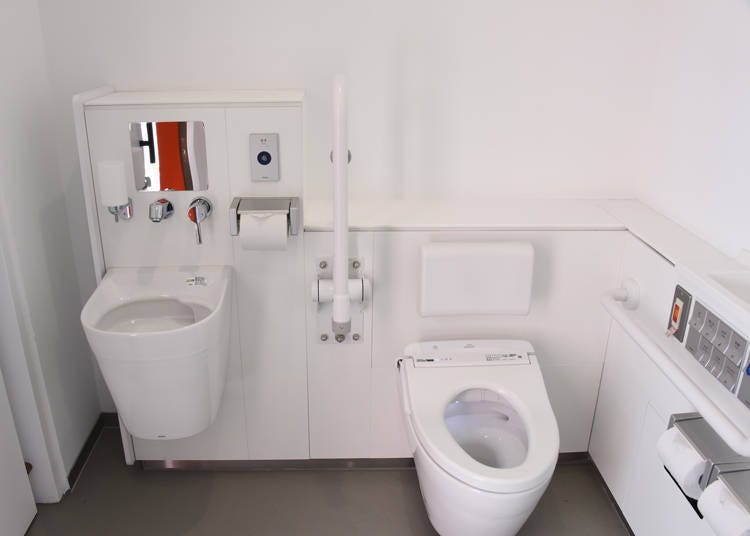
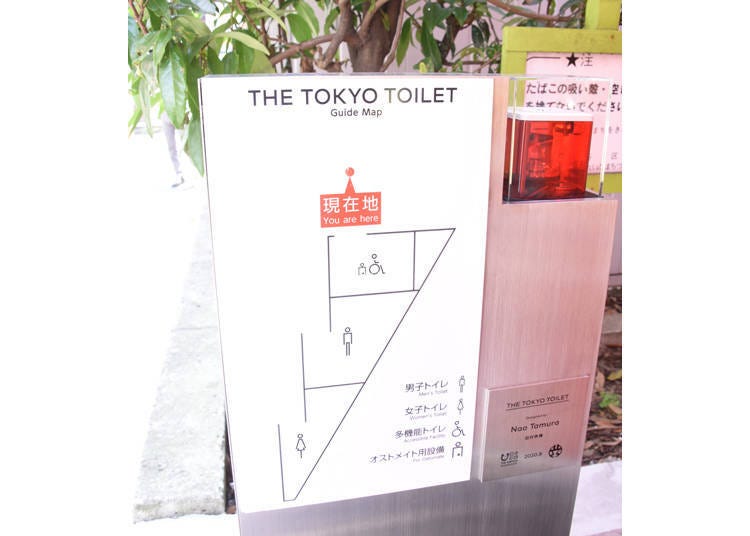
The location map is only available in Japanese at this time; an English version will be posted on the project’s website ( http://tokyotoilet.jp/)from August 10
- Area
- Category
*Prices and options mentioned are subject to change.
*Unless stated otherwise, all prices include tax.
Popular Tours & Activitiess
Recommended places for you
-

Tokyo Metropolitan Government
Landmarks
Shinjuku
-

Tsukiji Outer Market
Old Towns (Shitamachi)
Tsukiji
-

Ueno Zoo (Ueno Zoological Gardens)
Zoos, Aquariums & Botanical Gardens
Ueno
-

TOKYO SKYTREE®
Landmarks
Ryogoku / TOKYO SKYTREE(R)
-

Tokyo Disney Sea®
Theme Parks
Chiba Suburbs
-

Senso-ji Temple
Temples
Asakusa
-

First Japan Cherry Blossom 2026 Forecast Announced! Here's When & Where to See Sakura in Japan
-

Jujutsu Kaisen Takes Over JR East With a Wrapped Shinkansen This Winter
by: Guest Contributor
-

Japan’s Shinkansen Is About to Change Travel in an Unexpected Way
by: Guest Contributor
-
Ad

Preserving the Beauty of World Heritage Site Shirakawa-go for the Future Through Responsible Travel
-
Ad

Discover the "Miraculous Forest" in the Heart of Tokyo: The Institute for Nature Study (9 Minutes from JR Meguro Station)
-
Ad

Complete Guide to Ueno's National Museum of Nature and Science, the Perfect Place to Visit on Rainy Days or With Children
Inspiration for Accommodations
-

Enjoy Mt. Fuji from the Comfort of Your Room! Recommended Ryokan with Mt. Fuji View
-

Stay Near the Cherry Blossoms! Hotels for Cherry Blossom Viewing in Tokyo
-

Family-Friendly Hotels with Free Shuttle to Disneyland: Convenient Access for a Magical Stay
-

Top Ranked Hakone Hotels with Mt. Fuji View: Enjoy Stunning Scenery from Your Private Space
-

Convenient Tokyo Hotels with Airport Shuttle: Ideal for Families and Heavy Luggage
-

Stunning Tokyo Tower View Hotels: Enjoy Spectacular Scenery from Your Private Space
-

Convenient Asakusa Hotels with Kitchens: Ideal for Extended Family Visits
-

Experience Luxury: Hakone's 10 Best Five-Star Accommodations
-

Enjoy Mt. Fuji Autumn Leaves! Top Hotels Near the Popular Autumn Leaves Corridor
-

Experience Hakone Fall Foliage from Your Room with Stunning Views
-

Exploring Tokyo Station: 11 Must-Visit Spots Around the Heart of Tokyo
-

10 Important Japanese Phrases to Know Before You Enter a Japanese Convenience Store!
by: Teni Wada
-

A thorough look at the sight-filled Imperial Palace
-

Ueno Station Area Guide: Fun Ways to Explore Tokyo's Popular Destination (Area Map & Sightseeing Tips)
-

Spending Wonderful Time Alone in Shibuya - Free Cosmetics and a Hundred-Yen Bus!
-

Tokyo Roppongi: 5 Most Amazing Spots at Roppongi Hills and How to Make the Best of Them!
- #best ramen tokyo
- #what to buy in ameyoko
- #what to bring to japan
- #new years in tokyo
- #best izakaya shinjuku
- #things to do tokyo
- #japanese nail trends
- #what to do in odaiba
- #onsen tattoo friendly tokyo
- #daiso
- #best sushi ginza
- #japanese convenience store snacks
- #best yakiniku shibuya
- #japanese fashion culture
- #best japanese soft drinks












